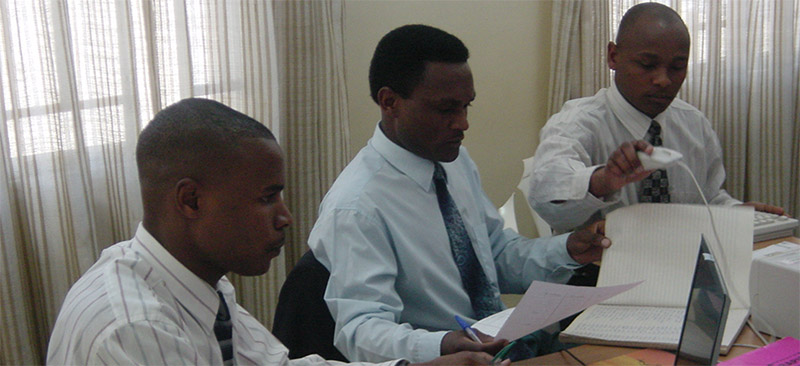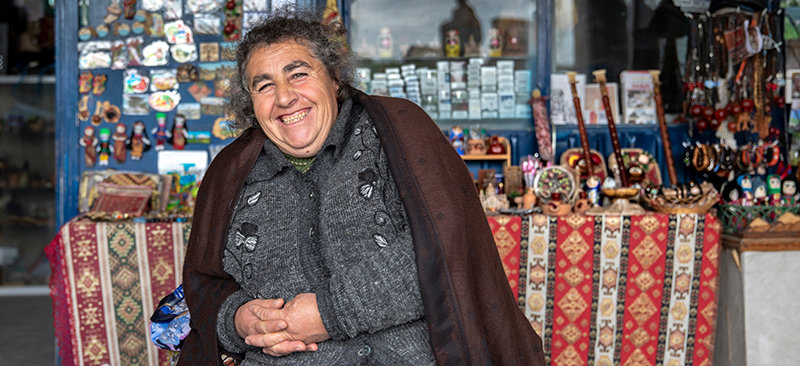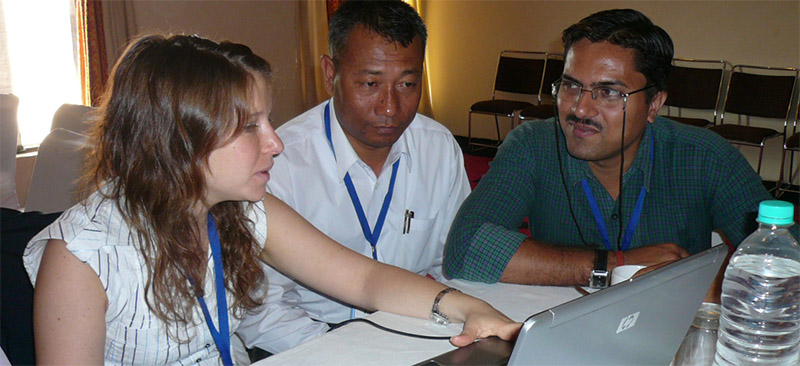The number of people aged over 60 in the developing world is predicted to rise from 375 million in 2000 to 1,500 million in 2050. This note outlines the economic and social challenges which come with old age. It documents some of the common traditional practices adopted as a security measure against these challenges. It outlines the general saving methods, focuses on educating people on why and how to save. Further it discusses the potential market for long-term contractual savings services which provides security in old age.
Blog
Entering new markets with new products – Costs and benefits of following new product development process – based on a case study of MDF-Kamurj (Armenia)
The case presents a successful implementation of product and market diversification. The case draws from the experience of MDF-Kamurj – an Armenian microfinance institution which developed and launched a new credit product directed to rural microentrepreneurs involved in agriculture and livestock breeding. The case seeks to present how the process of market research and pilot testing helps in mitigating risks related to entering new areas with a new product (a product not meeting clients’ needs, inefficient procedures, resistance among staff towards innovation). Simultaneously it discusses the requirements of conducting market research and pilot testing (including financial and non-financial costs as well as the golden rules of the process).
Costs and benefits of process mapping – Based on the case study of MI-BOSPO (Bosnia and Herzegovina)
The presence of quite a few microfinance players have steppd up the competition in the microfinance sector in Bosnia and Herzegovina. Most Bosnian microfinance institutions were established as governmental or international reconstruction projects. Those reconstruction projects, which responded to market demand and have gradually became specialized microfinance institutions targeting microentrepreneurs. The sector developed dynamically, and currently it is one of the most competitive in the region of Central and Eastern Europe and the New Independent States.
Due to increase in competition, this paper examines the ablility of MFIs to increase their efficiencies within Product Policies using Process Mapping. This report discusses the overview of the market, description of process mapping, how to apply the Process Mapping tool, tips for conducting Process Mapping and enhancing institutional culture
Entering New Markets with New Products – Costs and Benefits of Following New Product Development Process – Based on a Case Study of MDF-Kamurj (Armenia)
The case presents a successful implementation of product and market diversification. The case draws from the experience of MDF-Kamurj – an Armenian microfinance institution which developed and launched a new credit product directed to rural microentrepreneurs involved in agriculture and livestock breeding. The case seeks to present how the process of market research and pilot testing helps in mitigating risks related to entering new areas with a new product (a product not meeting clients’ needs, inefficient procedures, resistance among staff towards innovation). Simultaneously it discusses the requirements of conducting market research and pilot testing (including financial and non-financial costs as well as the golden rules of the process).
Understanding and assessing the demand for microfinance
It is clear, and now generally accepted, that poor people want, need and do indeed save. Low income clients have limited access to formal and regulated financial services and thereby resort to semi-formal service providers. This further aggravated with MFIs being prohibited from offering savings as a service for poor.
The present note discusses the needs, financial behaviour and the financial landscape of the clients. It discusses this through two case studies on how women have benefited from microfinance institutions.
The note concludes by saying that microfinance can play a key, cost-effective and sustainable role in achieving the Millennium Development Goals (MDGs) if we build flexible and reliable financial services that respond to the real, diverse needs of the poor and vulnerable.
Process Mapping in Practice
This note discusses process mapping – a technique that makes workflows visible. A process map is a flowchart that shows who is doing what, with whom, when, for how long and with what documents. This note outlines the steps in process mapping which include – identifying and prioritising operational gaps. It documents the benefits of process mapping, explores the challenges and suggests ways to overcome them.





